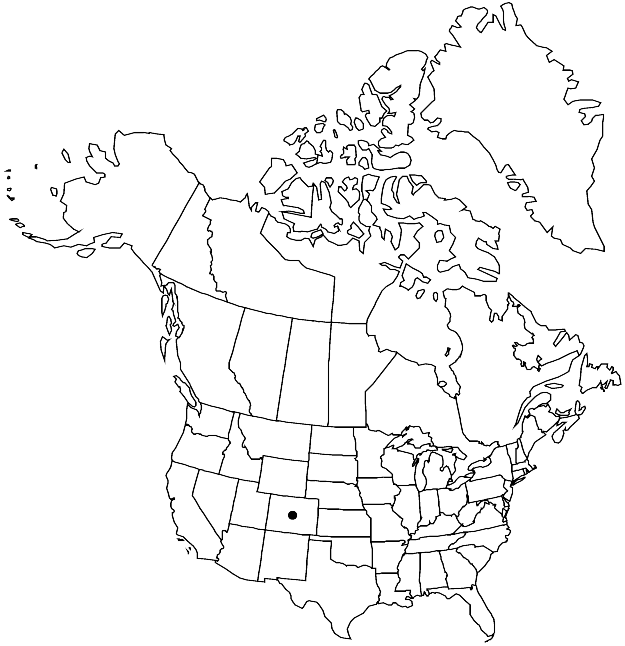Difference between revisions of "Bartramia subulata"
Bryol. Europ. 4: 53, plate 315. 1846.
FNA>Volume Importer |
imported>Volume Importer |
||
| (3 intermediate revisions by 2 users not shown) | |||
| Line 32: | Line 32: | ||
-->{{#Taxon: | -->{{#Taxon: | ||
name=Bartramia subulata | name=Bartramia subulata | ||
| − | |||
|authority=Bruch & Schimper | |authority=Bruch & Schimper | ||
|rank=species | |rank=species | ||
| Line 47: | Line 46: | ||
|publication year=1846 | |publication year=1846 | ||
|special status= | |special status= | ||
| − | |source xml=https:// | + | |source xml=https://bitbucket.org/aafc-mbb/fna-data-curation/src/2e0870ddd59836b60bcf96646a41e87ea5a5943a/coarse_grained_fna_xml/V28/V28_164.xml |
|genus=Bartramia | |genus=Bartramia | ||
|species=Bartramia subulata | |species=Bartramia subulata | ||
Latest revision as of 22:34, 5 November 2020
Plants in lax to dense tufts, glaucous or dark green. Stems 0.5–1 cm. Leaves erect-appressed when dry, erect and slightly spreading when moist, narrowly lanceolate, 1.5–2.5 mm; base sheathing, shoulders well developed, firm, not eroded; margins plane to weakly revolute proximally, plane distally, serrulate distally, teeth single; apex subulate, usually intact; costa percurrent, prominent in distal limb, distal abaxial surface rough; basal laminal cell walls thin; distal cells 12–25 × 4–6 µm, prorulae high. Sexual condition autoicous or synoicous. Seta 1–2 cm, straight. Capsule erect, globose to ovoid, symmetric, 1–1.5 mm; operculum conic; peristome absent. Spores 24–35 µm.
Phenology: Capsules mature Aug–Nov.
Habitat: Bare soil in montane tundra
Elevation: high elevations (3500-4000 m)
Distribution

Colo., Europe, Asia (China, India, Japan).
Discussion
Bartramia subulata, limited in the flora area to the high mountains of Colorado, is a diminutive species with erect, symmetric capsules that might be mistaken for B. stricta. The latter species, however, has a well-developed exostome, the leaf base is not sheathing, and shoulders are absent or, at best, weakly developed.
Selected References
None.